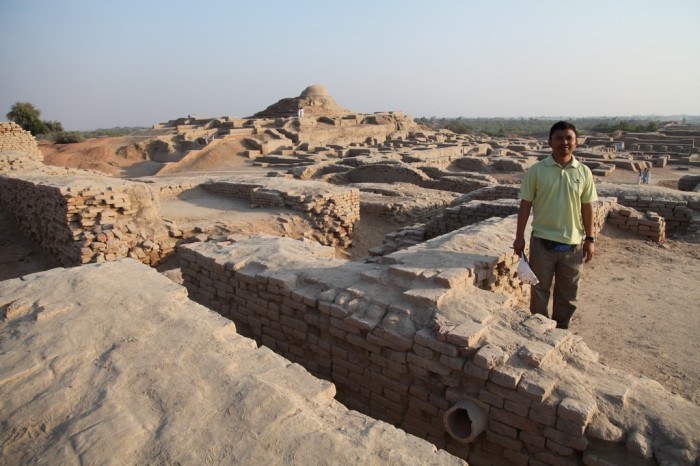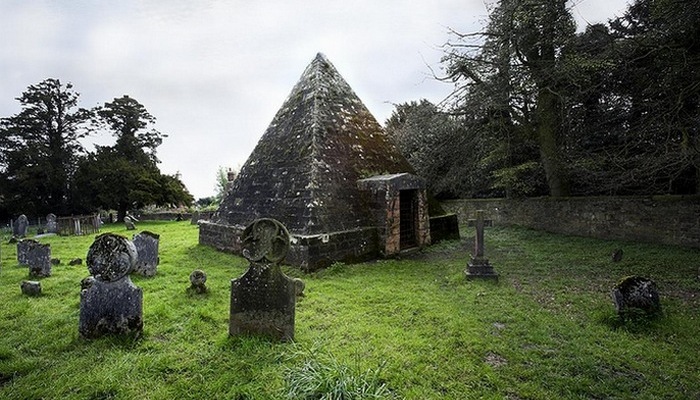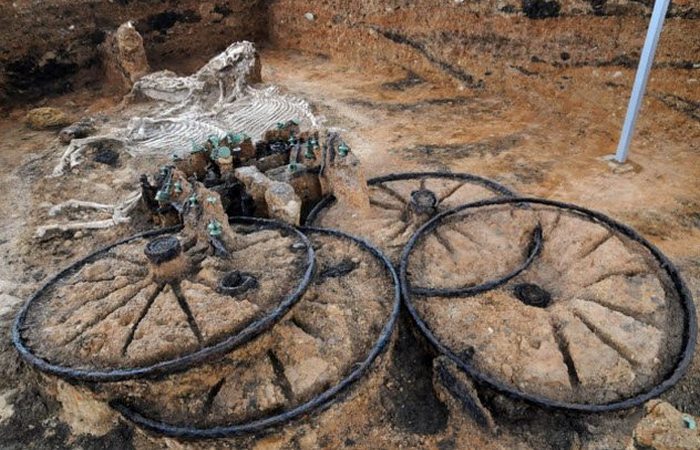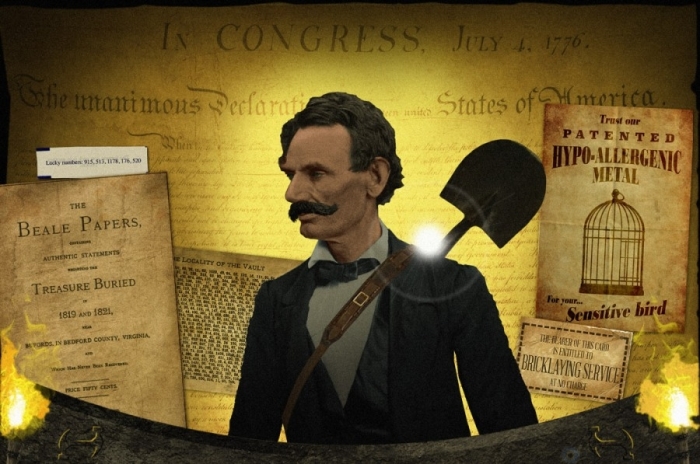archaeologists discovered
History of the calendar
 Before the discovery of America and the beginning of its conquest by the Europeans, the territory of present-day Mexico, Guatemala and some other countries were occupied by the Aztec empire, which created a very original calendar. The year consisted of 18 months, 20 days each, and the “remaining” 5 days were considered “unlucky”. This calendar was carved on a huge stone. It had the shape of a circle, with a diameter of about 4 meters. Every day it was marked with its own symbol.
Before the discovery of America and the beginning of its conquest by the Europeans, the territory of present-day Mexico, Guatemala and some other countries were occupied by the Aztec empire, which created a very original calendar. The year consisted of 18 months, 20 days each, and the “remaining” 5 days were considered “unlucky”. This calendar was carved on a huge stone. It had the shape of a circle, with a diameter of about 4 meters. Every day it was marked with its own symbol.
History of the calendar
Creation of a modern standard calendar
Now there are many different calendar systems created by different nations and priests of different religions. Some of them are still limited. Continue reading
The great archaeological discoveries of civilization
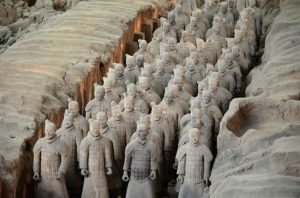 Archaeological discoveries are always reminiscent of the creative mind of our ancestors. It is also a great chance to travel back in time and learn more about age-old history. This tape contains the 10 most mysterious archaeological discoveries of all time.
Archaeological discoveries are always reminiscent of the creative mind of our ancestors. It is also a great chance to travel back in time and learn more about age-old history. This tape contains the 10 most mysterious archaeological discoveries of all time.
The Voynich manuscript is considered one of the most mysterious manuscripts in the world. It was discovered in 1912 in Northern Italy. The language and author of the manuscript is still unknown. According to archaeologists, only 240 pages of the manuscript have survived, while a significant portion of the pages is missing. The drawings of various herbal plants are the most interesting part of the writing, not corresponding to any known plant species. Continue reading
